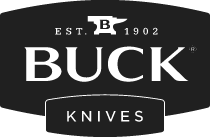- Joined
- Jul 30, 2006
- Messages
- 42,709
The old Buck 440C 110's and 501's were extremely thick behind the edge. (In the 1960's 440C was considered brittle, so Buck beefed up the edge.) As a result, they are not good slicers. And I think that in many cutting situations, you would not get as good a performance as the steel is capable of giving. If you want to get a feel for what the steel is capable of doing, look elsewhere.



